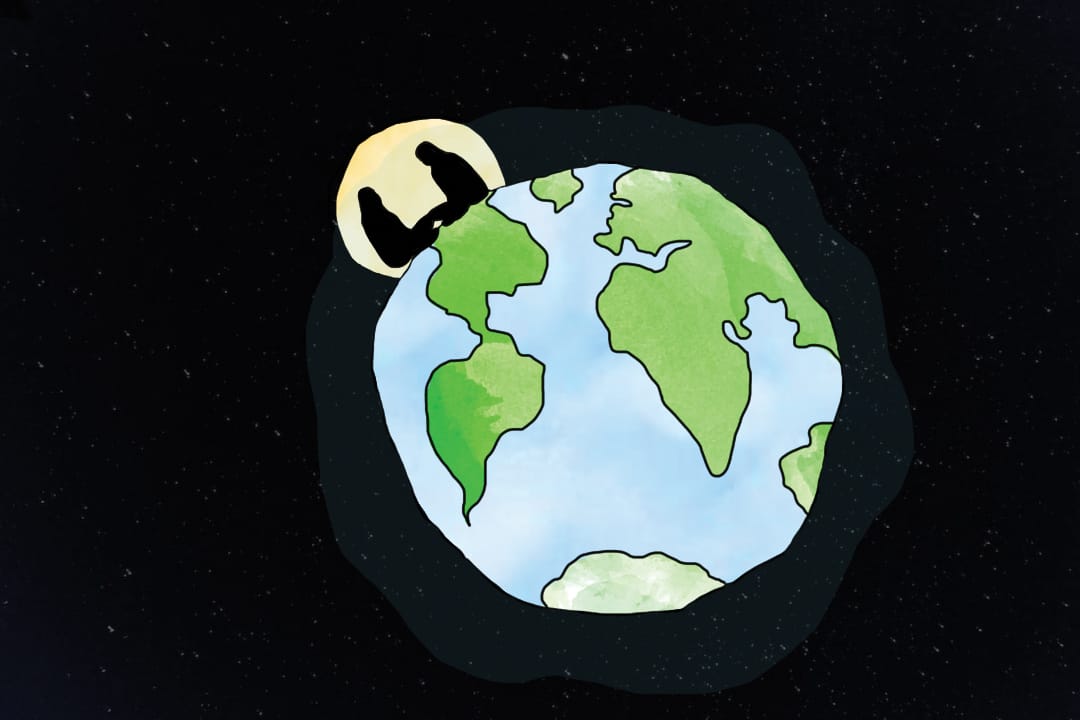Rarely do we ever receive good news about the climate crisis. With this influx of bad news, it can be hard to stay positive. What’s worse is that it’s difficult to focus on being sustainable when the actions of major actors and corporations cause more and more detriment to the environment every day. But, when possible, it’s important to celebrate successes in improving the environment as well as recognize how they were achieved.
One such success that we can celebrate is that of the ozone layer’s replenishment. Following decades of chemical phaseouts and global collective action, most of the ozone layer is expected to make a full recovery by 2040.
The ozone layer is an essential part of the planet’s atmosphere, responsible for absorbing ultraviolet (UV) radiation from the sun and thus preventing these harmful rays from reaching us and the land around us. Damage to this layer has implications for human and environmental health, with consequences ranging from skin cancer to decreased crop yields. Without adequate protection from the ozone layer, entire food webs and ecosystems are at risk of collapse.
Prior to regulation, the uncontrolled use of chlorofluorocarbons (CFCs) and other ozone-depleting substances was gradually destroying the ozone layer. Commonly used in products such as insulation, spray cans, and air conditioners, these greenhouse gases contribute to increases in temperature while simultaneously damaging the ozone layer. Proper regulations have prevented a raise in temperatures by 1 degree Celsius due to these CFCs — making the issue of battling the climate crisis, and maintaining the target limitation of 1.5 degrees Celsius, even more difficult.
In 1985, Jonathan Shanklin, a researcher at the British Antarctic Survey, discovered a hole in the ozone layer. Its health steadily declined until 2000, when the hole began to slowly repair, and UV radiation in the affected regions became less severe. This shift was monumental, as scientists expected total collapse of the integral ozone layer by 2050, at which point, the planet’s ecosystems would have fallen into disrepair, agriculture would have been collapsing, and genetic defects would have become increasingly prevalent.
Montreal Protocol and its outcomes
Using the Montreal Protocol, the United Nations Environment Programme (UNEP) is working toward restoring the ozone layer.
Implemented in 1987, just two years after the initial discovery of the ozone hole, the Montreal Protocol is widely known as the most successful example of international environmental policy. The agreement required 197 countries that signed to stop the production and use of CFCs and other harmful substances, and replaced these chemicals with less detrimental alternatives.
Since its implementation, 99 per cent of ozone-depleting chemicals have been phased out and every country worldwide has approved of the Protocol’s terms. Almost forty years later, the healing of the ozone layer is a testament to the Montreal Protocol’s success. The key is ambitious, global action, and the Montreal Protocol can serve as a framework for such present and future climate action.
Why is the recovery of the ozone layer significant?
The proliferation of negative climate news makes it difficult to foresee a future in which the environment is stable. Mitigation is difficult, but not impossible — the ozone layer is proof of that.
As a form of climate mitigation, protecting the ozone layer is already an important task. But perhaps even more significantly, the success of the Montreal Protocol represents the power of collective action and legislation.
The climate crisis is a multifaceted problem, requiring innovative solutions. When the ozone hole was discovered, scientists, governments, and policymakers quickly began to develop a strategy that would address the problem of CFCs. While the full scale of its impact would be unknown, the protocol adopted a proactive, precautionary approach to ensure that the ozone layer would not suffer any further damage.
Individual solutions are beneficial, and we should all strive to be more mindful of our environmental impact. However, the key to many of today’s most striking problems is global action.
Timely, ambitious, coordinated effort toward environmental protection is essential. By drawing on the strategies and successes of the Montreal Protocol, we can inform future legislation. What’s important is that action begins now. In 1987, they didn’t wait to see what would happen twenty years down the road — they decided that the potential effects of ozone-depleting substances necessitated prohibition of CFCs and development of alternatives. Likewise, an incomplete understanding of the full range of consequences of our current practices that harm the environment should not prevent us from changing those practices.
Moving forward
It’s not too late to reverse the effects of the anthropogenic climate crisis. States must maintain their policies, execute their commitments, and continue to find ways to limit emissions. The observed trends and patterns of inaction to address the climate crisis are still reversible — as the Montreal Protocol demonstrated, collective global regulations brought a quickly disintegrating ozone layer back to life.
As it currently stands, the ozone layer is a success story in the otherwise troubled tale of the climate crisis. The current trajectory of the planet is not permanent. In the midst of climate anxiety and a news cycle dominated by stories of environmental degradation, the success of the Montreal Protocol and subsequent healing of the ozone hole serve as a beacon of hope.
Chloe MacVicar is a third-year student at University College, studying environmental studies, political science, and writing. She is a climate columnist for The Varsity’s comment section.


